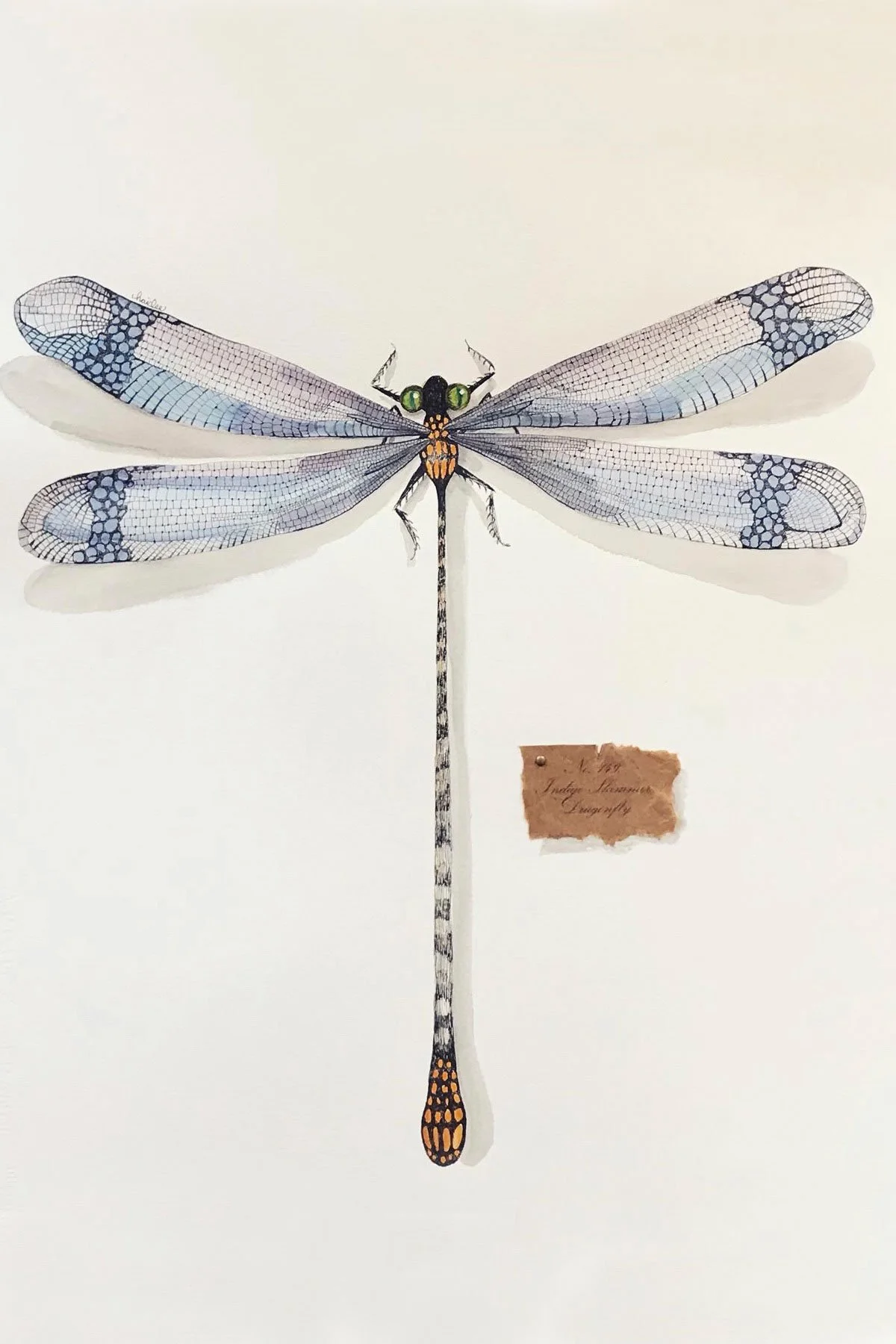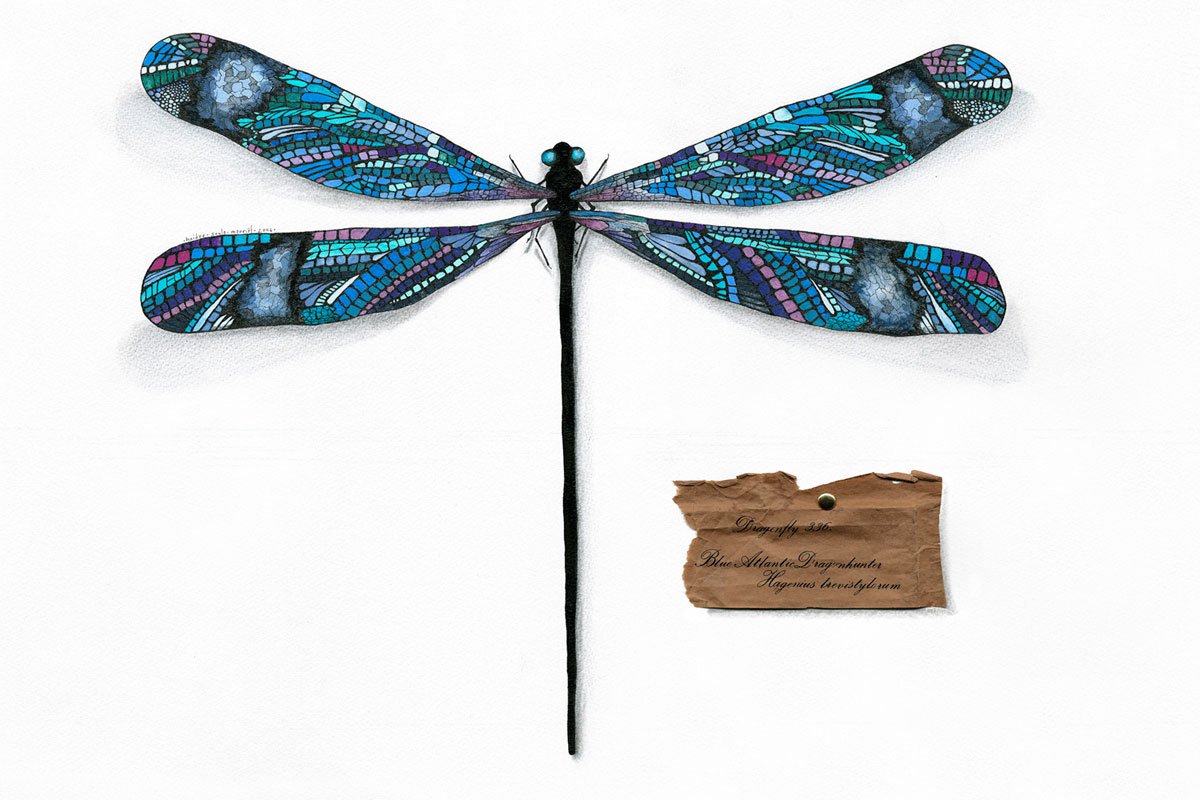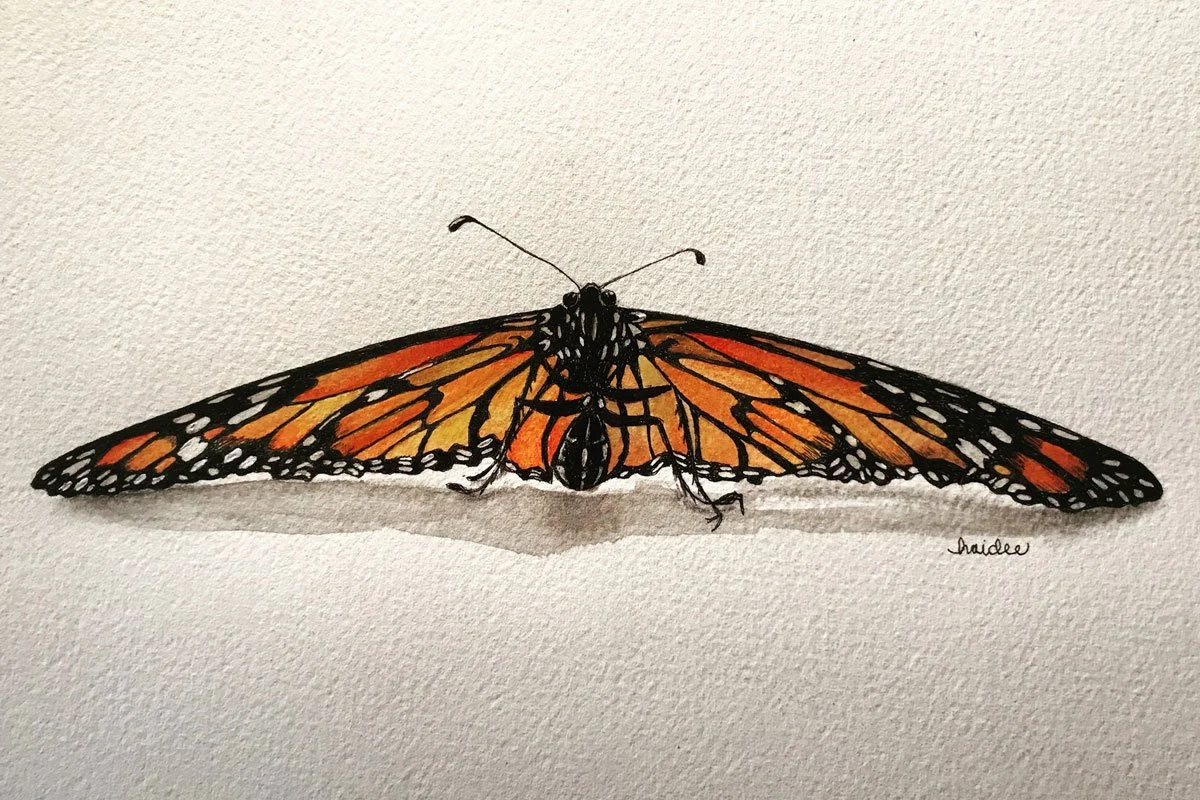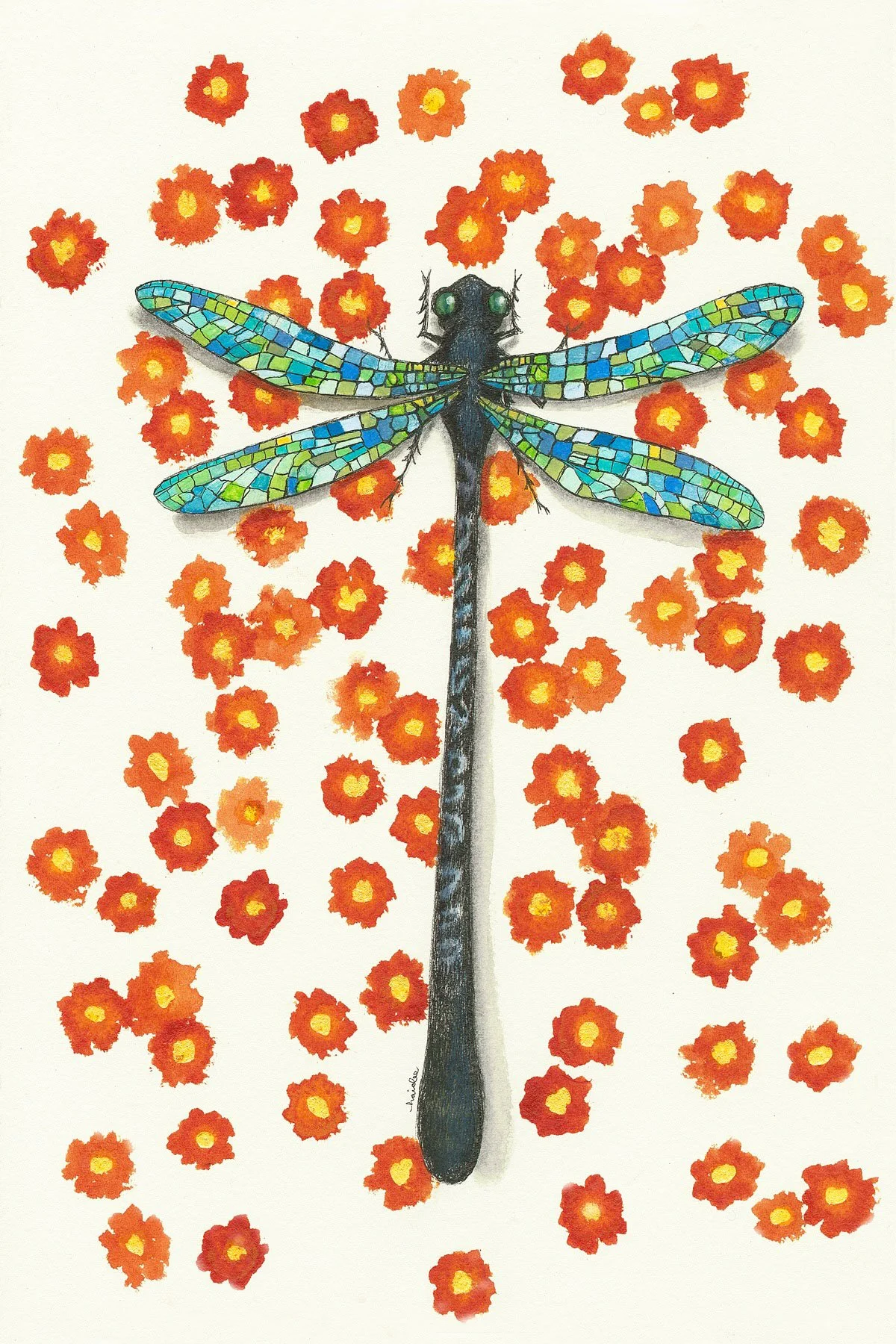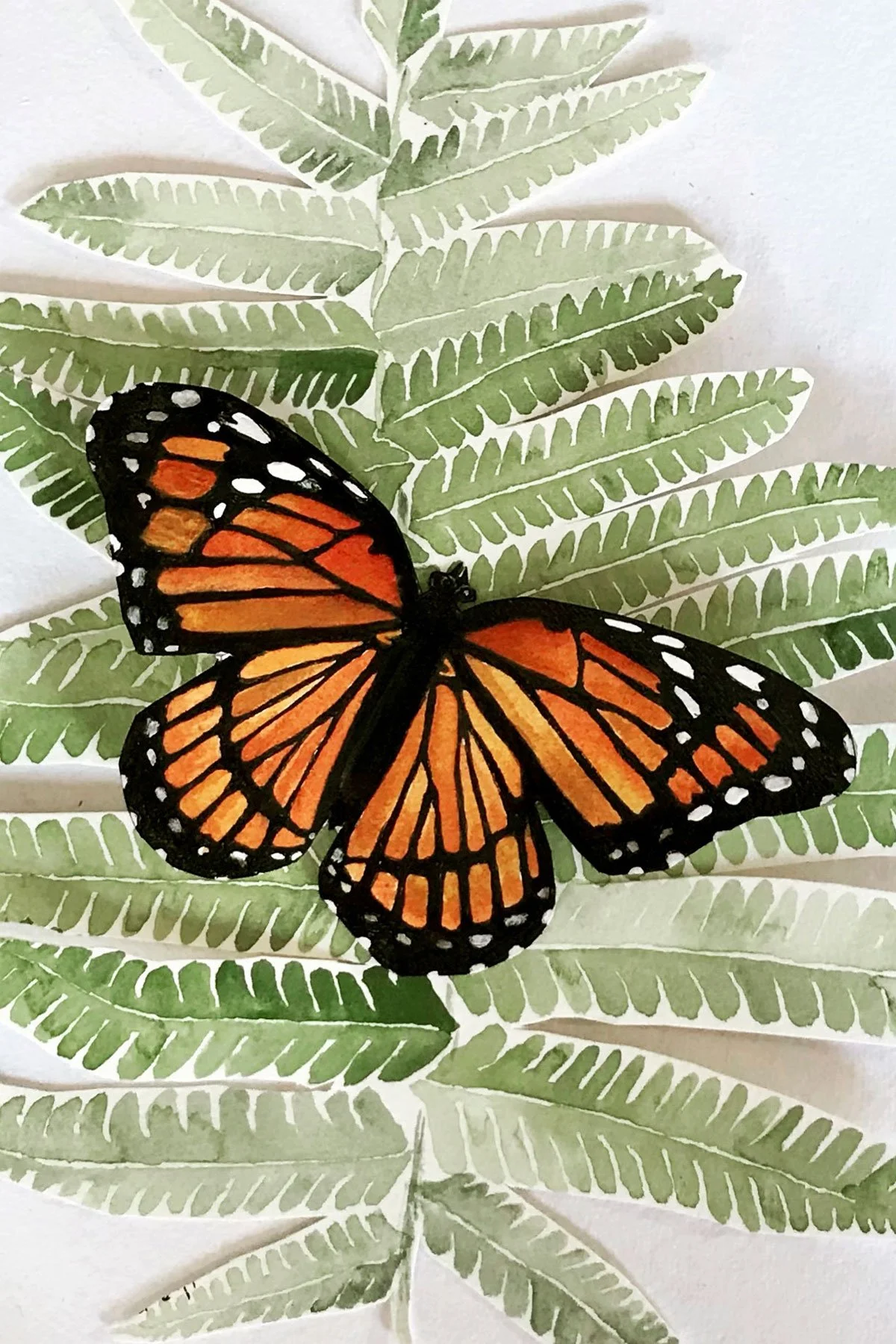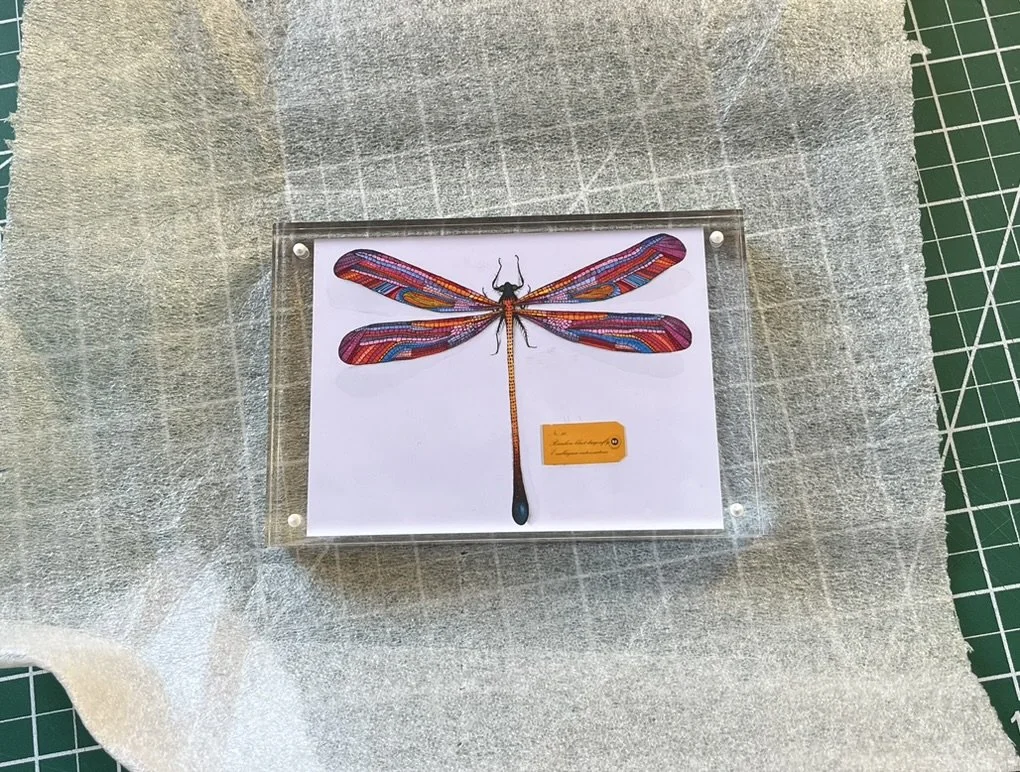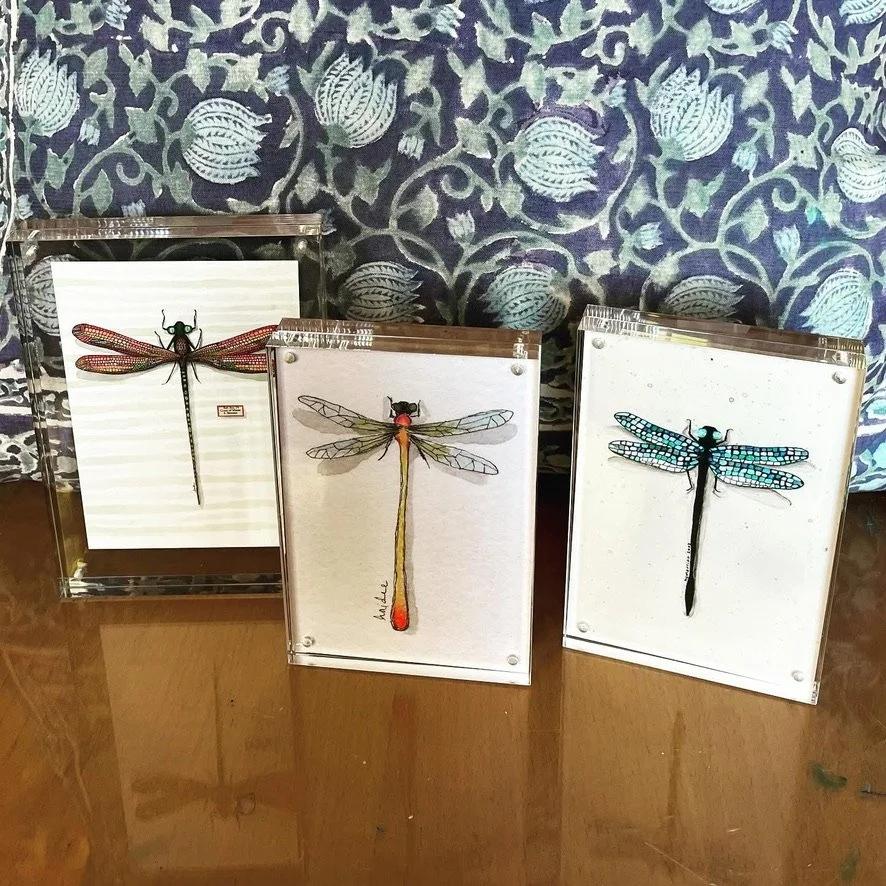From the field notes of Dr. Loxley:
Subject (Non-avian): Dragonfly, local variety — Indigo Skimmer (unofficial name)
I did not intend to record an insect.
The purpose of the day’s outing was avian—specifically, the spring return of the Manx shearwater to the northeastern cliffs—but a delay in coastal winds drove me inland. I found myself walking the mossy banks of Ballaglass Glen, where the air hangs thick with the scent of crushed fern and wet stone. No birds, no calls. Only stillness. Then a flicker.
At first I mistook it for a fallen feather—something blue and trembling, lifted by a current. But it hovered. Perfectly. Unnervingly still.
It was a dragonfly, and unlike any I’d seen.
Its wings—four of them, stretched taut and almost colorless—caught the light like fine parchment rubbed with powdered lapis. Not blue in any certain way, but echoing blue. The veins were faint and glassy; the edges smoked as if burnt gently at the tips.
The thorax, rounded and smooth, bore a spread of small orange nodules that looked more like fungal spores than anatomical structure. They were glossy, as if lacquered—like tiny sea-buoys adrift on a tide of deep slate. It struck me as oddly nautical.
The abdomen was long and tapering, a procession of colors from midnight to iron to near-black. Toward the end, three bright orange ovals appeared on either side—precise and nearly symmetrical, as if drawn with purpose. They reminded me of the beacon eyes on a gull’s egg: meant to mislead or mesmerize.
Most remarkable were the eyes: luminous green, like river glass or storm-polished peridot. I don’t usually consider insect eyes expressive, but these—these seemed to calculate. To assess. I’ve watched owls with less discernment.
I made no effort to catch it. I simply watched.
The creature held its position for a full minute—motionless above the water, suspended like an idea—and then it turned slightly, tilted, and disappeared toward the alders without a sound. No flash, no hurry. Just gone.
Personal Notes:
I did sketch it, and I have submitted a report to the local natural history society, though I do not presume to name or classify it. It is not my field. That said, I have watched thousands of birds over twenty years and seldom have I seen flight so elegant, so controlled, and so indifferent.
This dragonfly—this Indigo Skimmer, as I’ve come to call it—seems not merely alive, but aware. Not intelligent in the way of hawks or corvids, but something quieter. As if it exists just beyond our measure of purpose.
I remain, for once, uncertain what to conclude. But I felt, briefly, that I was being studied.
—M.T.L.
Note: High quality archival glicée print on acid-free paper, a method that creates fine art reproductions with exceptional color accuracy and longevity. Pigments-based inks are designed to resist fading and discoloration and capture the finest details and subtle color variations with great precision.
Housed in a 4×6” crystal-clear acrylic specimen block, its 1” depth allows freestanding display. Each piece is designed to exhibit on desk or shelf..
Fly Design uses a practice known as entonology — the study of fictitious insects — to reimagine the natural world through scientific storytelling and poetic design.

